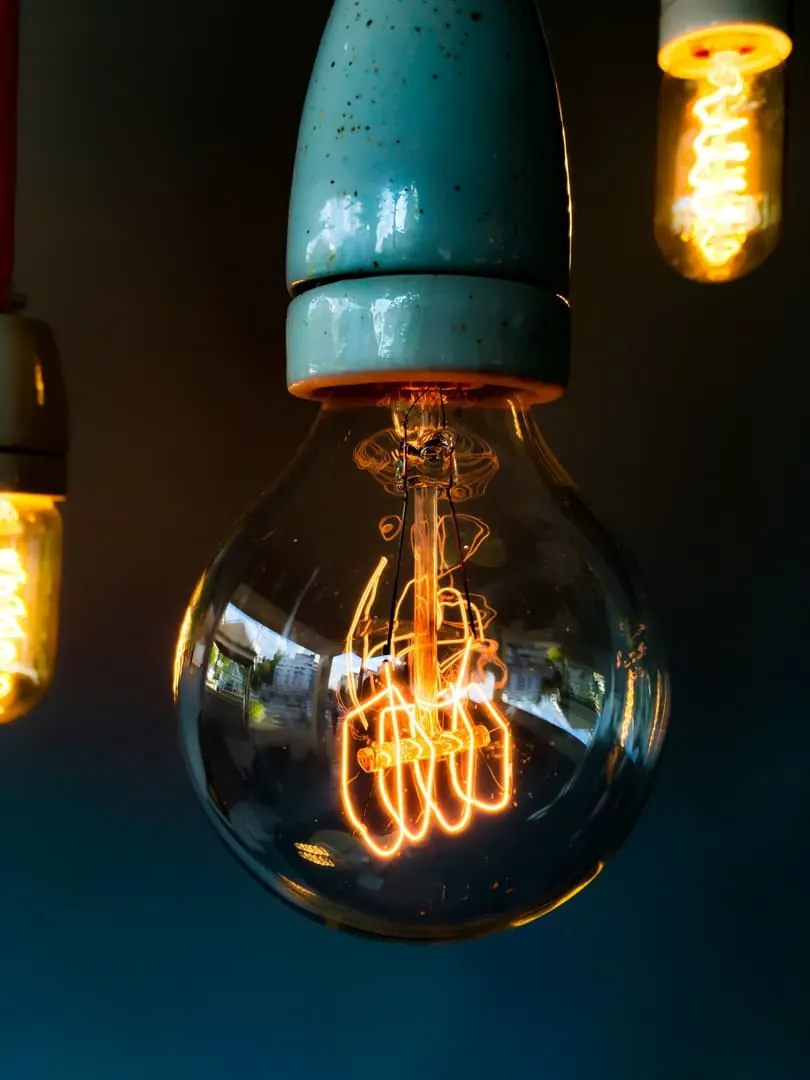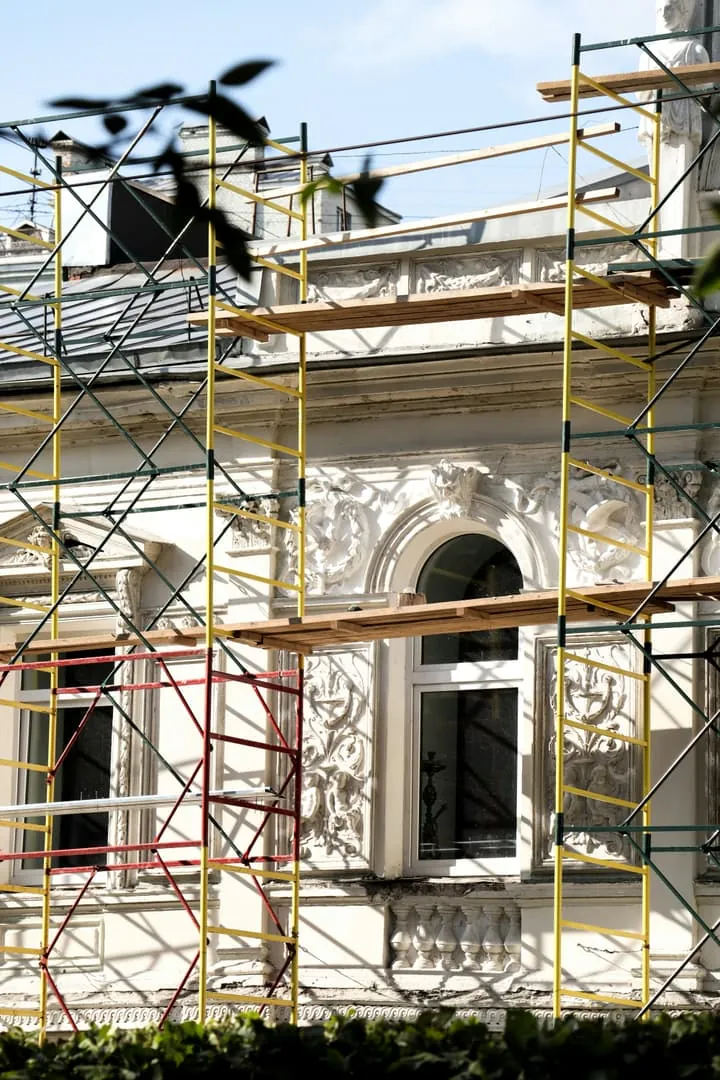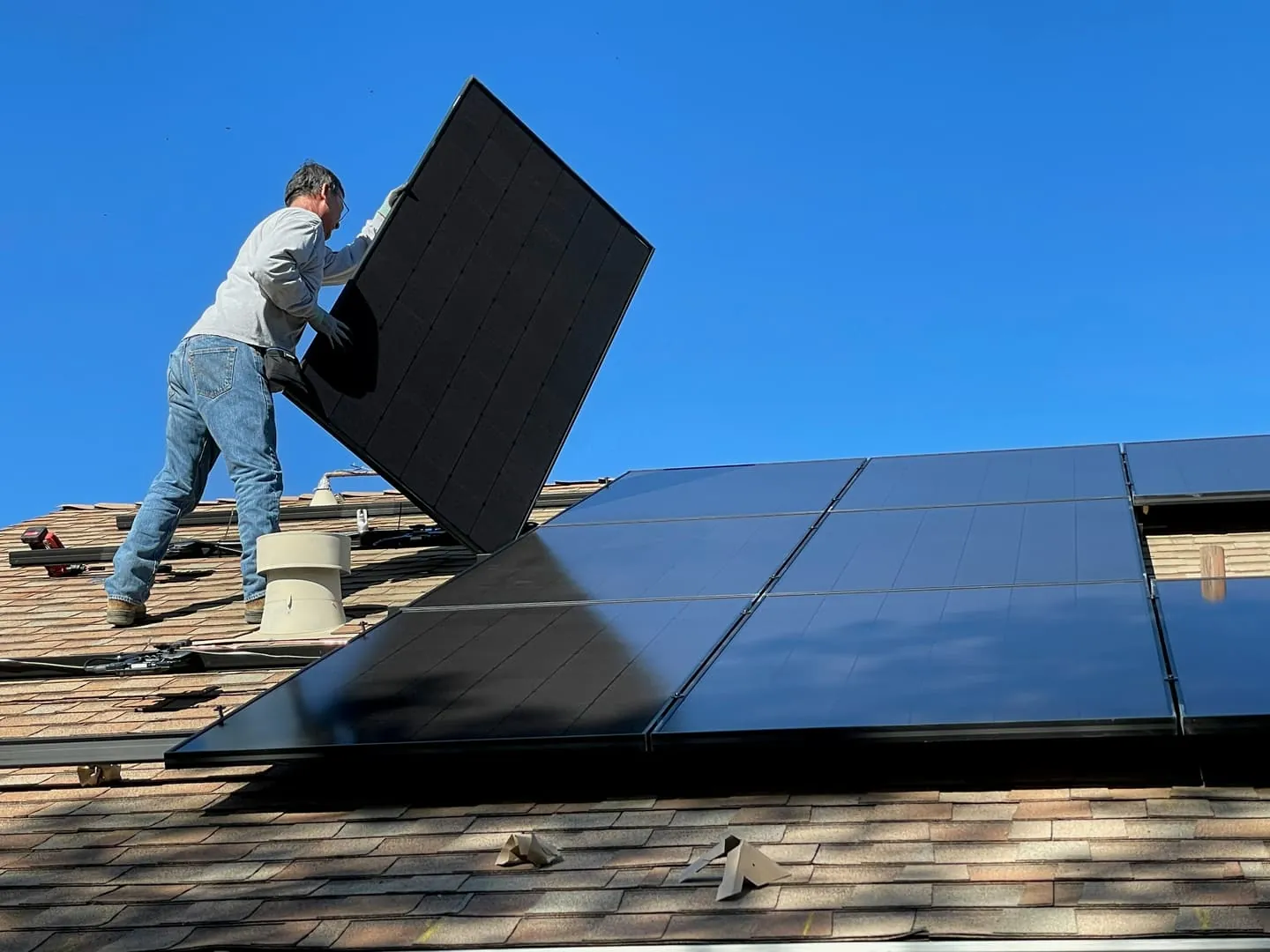
Autumn Lighting: How to Save Energy as Days Get Shorter
I notice it every mid-September: the sun slips away earlier and my flat feels dim by dinnertime. That's when the lights go on—and when the electricity bill starts creeping up. The good news is that lighting is one of the easiest things to optimize. With a few small changes, I've cut mine almost in half without living in the dark.
Swap Out the Old Bulbs
I used to run a mix of halogens and old incandescents. The glow was nice; the cost wasn't. Switching to LEDs felt pricey at first, but the next bill told the story. LEDs use about 80% less energy and last a decade or more. Swapping a handful in my living room alone saved roughly €10 a month. That adds up over a year.
Let the Daylight In
Most of us underuse natural light. I moved my desk closer to the window and swapped a heavy curtain for a lighter one. Suddenly I didn't need a lamp until late afternoon. A neighbor put a mirror opposite her window and her living room brightened right up. Simple tweak, big effect.
Use Lights Only When You Need Them
Hallways, basements, storage rooms… we flip the switch and forget. I added a €15 motion sensor in the corridor; now the light shuts off after two minutes. It pays for itself in one winter.
Small Habits, Big Difference
The easy wins come from small routines. I hit the switch when I leave a room—now it's automatic. Instead of lighting the whole kitchen, I use a table lamp to read. I also cook a bit earlier, before it's fully dark. These tweaks don't feel like sacrifices, but they do show up on the bill.
Conclusion: Shorter days don't have to mean higher bills. With LEDs, more natural light, and a couple of smart gadgets, autumn evenings stay just as cozy—without the shock when the electricity statement arrives. Combine these lighting tips with our [5 habits to cut heating bills](/en/blog/2025-10-01-cut-heating-bill-5-habits) and [winter home preparation guide](/en/blog/2025-10-07-winter-home-prep) for maximum energy savings.
About the author:
Alexandre Dubois is a French sustainability enthusiast who explores practical, science-backed habits for everyday life. From reducing household energy use to cutting food waste, his focus is on small changes that add up to real impact. He shares what he tests in his own home so others can live greener without sacrificing comfort. Contact: info@greendailyfix.com
Related posts

Eco Heating 2026: The Sustainable Trends to Watch Now
Winter 2025–2026 marks a key turning point. With fluctuating energy prices, French households are turning toward greener, more stable, and local heating solutions. In 2026, three major trends stand out: hybrid heat pumps, domestic biogas, and smart thermal storage. Here's how they're reshaping the way we heat our homes sustainably.

Heat Pump or Full Eco-Renovation: What Should You Choose in 2025?
With rising energy costs and growing environmental pressure, more French homeowners are asking: Should I install a heat pump or go for a full eco-renovation? In 2025, both paths receive strong subsidies — yet their goals, timelines, and returns differ. Here's the complete guide to understanding, comparing, and choosing the best long-term investment for your home.

Green Insulation 2025: The Hidden Power of Eco-Friendly Materials
Insulation is the invisible core of every successful renovation. In 2025, eco-friendly materials — hemp, wood fiber, cork, cellulose — are moving from niche to norm. They combine thermal efficiency, comfort, and low carbon impact. Here’s how natural insulation is reshaping homes and energy bills.

Solar Energy in France 2025: Subsidies, Self-Consumption & Real ROI
More French households than ever want to produce their own electricity. With rising energy bills and a push for independence, solar power in 2025 has become France's most profitable green choice. But with new grants, feed-in tariffs, and evolving self-consumption rules, things can get confusing. This guide breaks down all 2025 solar subsidies, ROI scenarios, and smart installation choices.